FISHING REPORT: Catch a snook, release a snook ... it's that time of year
As dinner dates go, you can do much worse. But man, talk about playing hard-to-get.
Worth it, though, especially when your date is dressed rather seductively — a thin layer of olive oil, some dashes of seasoning salt — yep, a real show stopper.
Don’t bother calling right now, though.
If you’re a serious or even semi-serious saltwater fisherman on this side of Florida, you probably know this. But it never hurts to remind everyone about the “no-fly zone” now in effect on snook, the lovely and delicious favorite of anglers (for their fighting spirit) and grill masters (for their tasteful dinner contribution).
Snook are strictly catch-and-release twice each year on Florida’s Atlantic coast — from Dec. 15 to Jan. 31, and again during the height (and heat) of summer, June 1 through Aug. 31. They spawn in summer, which explains that closure.
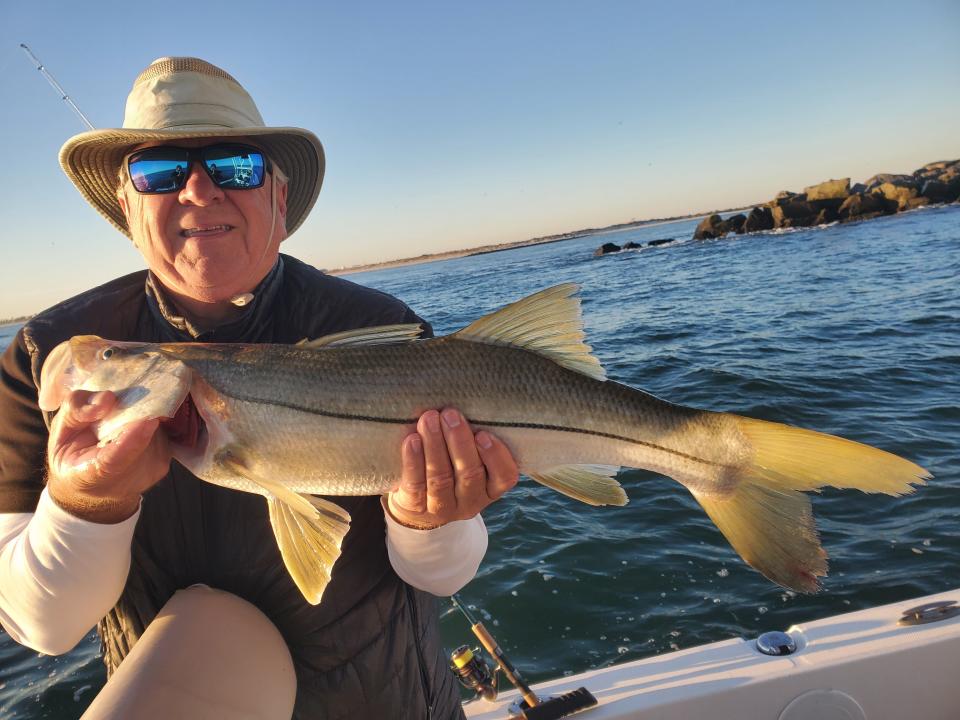
In winter, when water temps may dip well beyond the current upper-60s, snook are at their most vulnerable. In fact, during a serious cold snap, they become so lethargic, a simple net can snatch them from top water.
HOOK 'EM: Circling back on hook-ups with the toothy sheepshead
MORE THAN POMPANO: Nobody calls it "whiting season," but maybe they should
To avoid such things, Florida’s Fish and Wildlife Conservation Commission makes snook off-limits during the time of year when such weather is more likely to happen.
Even in-season, the hard-to-get angle is in play, because you must thread the narrowest needle in our local waters — between 28 and 32 inches, from that under-biting chin to the tip of the tail while squeezed together. Also, unless you’re under 17 or over 64, along with a saltwater fishing license you must pay another $10 annually for a snook permit.
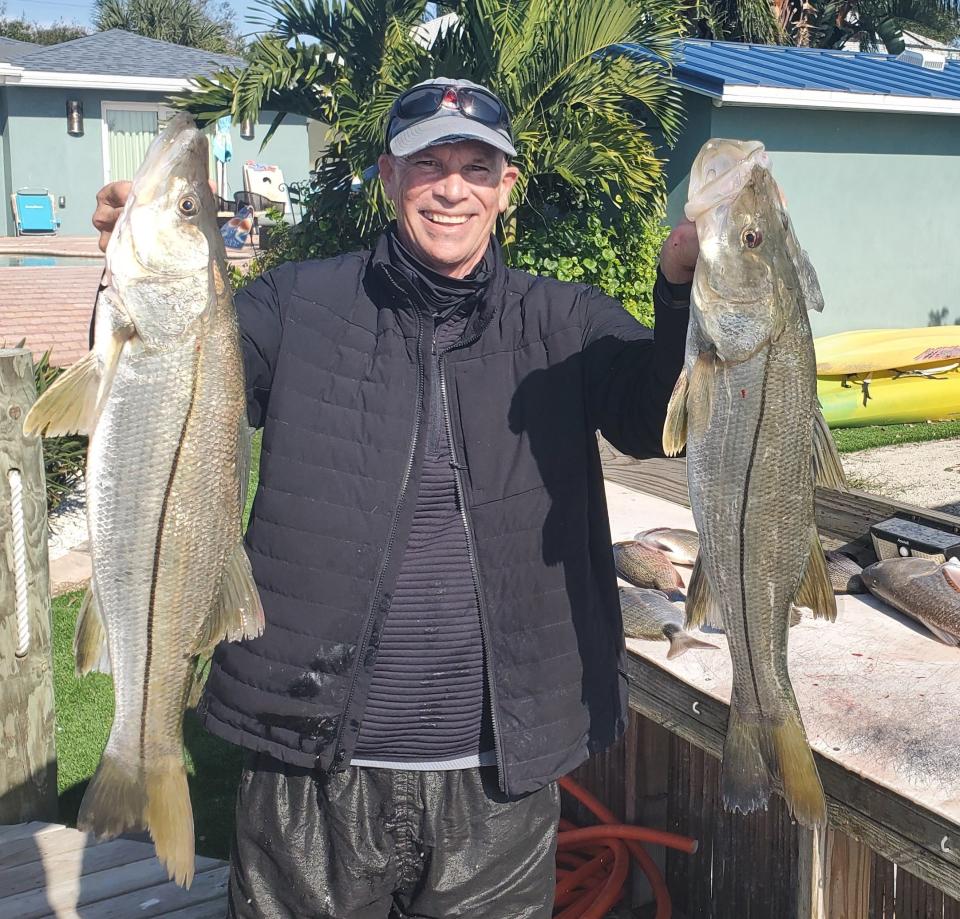
Finally, after all that, the daily bag limit is just one per angler.
Meanwhile, through Jan. 31, you can hook a snook and enjoy the fight, but at battle’s end, retrieve that hook as gently as possible, maybe snap a pic for grandma’s Facebook enjoyment, then write it off as one elegant dinner date that gets a raincheck.
On to the roundup …
Inlet, surf & piers
Longtime contributor Gene Lytwyn (The Fishin’ Hole, Daytona Beach) returns this week with some wide-ranging good news.
“Surf fishing remains the standout,” he says. “Strong catches of whiting along with some pompano, and a few scattered black drum and bonnet-head sharks.”
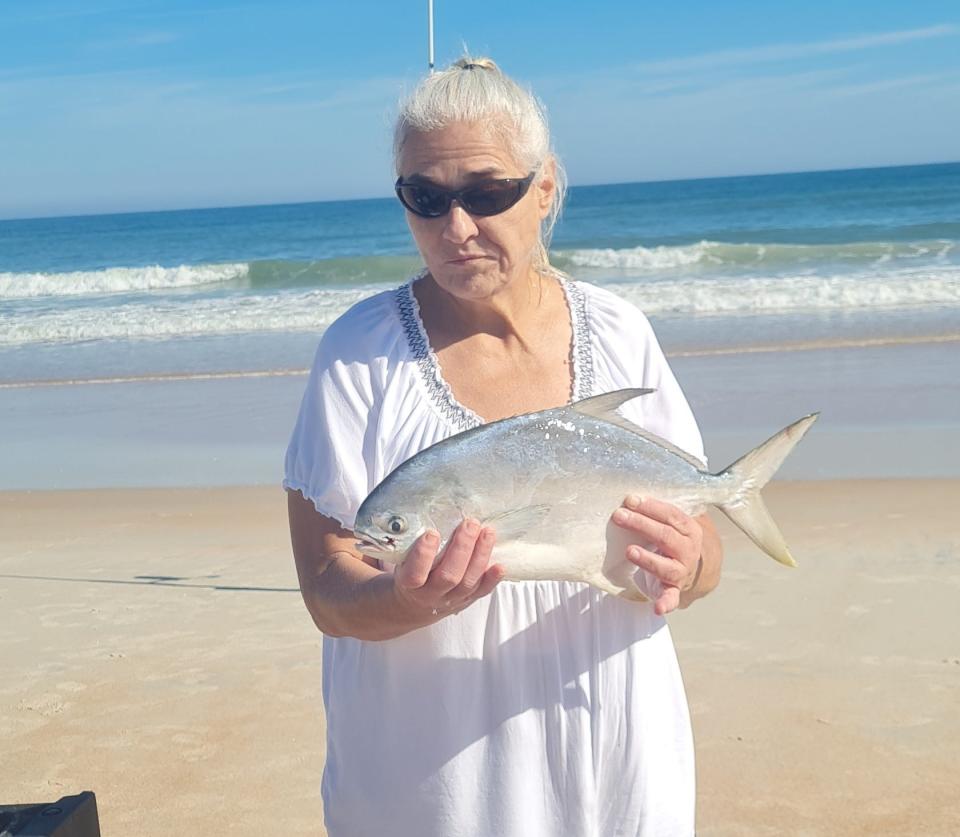
The ocean piers, Gene says, have seen a variety brought to the planks, including sheepshead, black drum, a few Spanish mackerel and bluefish.
Roy Mattson (Roy's Surf Fishing Guide Service) says his pompano haul has been in the 5-to-7 pound range, using fresh shrimp and clam-flavored Fishbites. Of course, if you’re catching pompano, you’re also probably catching whiting — “15 to 17 inches, with a mixed bag of a few black drum and sheepshead,” Roy reports.
Down in Ponce Inlet, Capt. Jeff Patterson (Pole Dancer charter) says the funky tripletails are thick. “The bite has been awesome outside the inlet, with some nice 6-to-12 pound fish being caught,” he says.
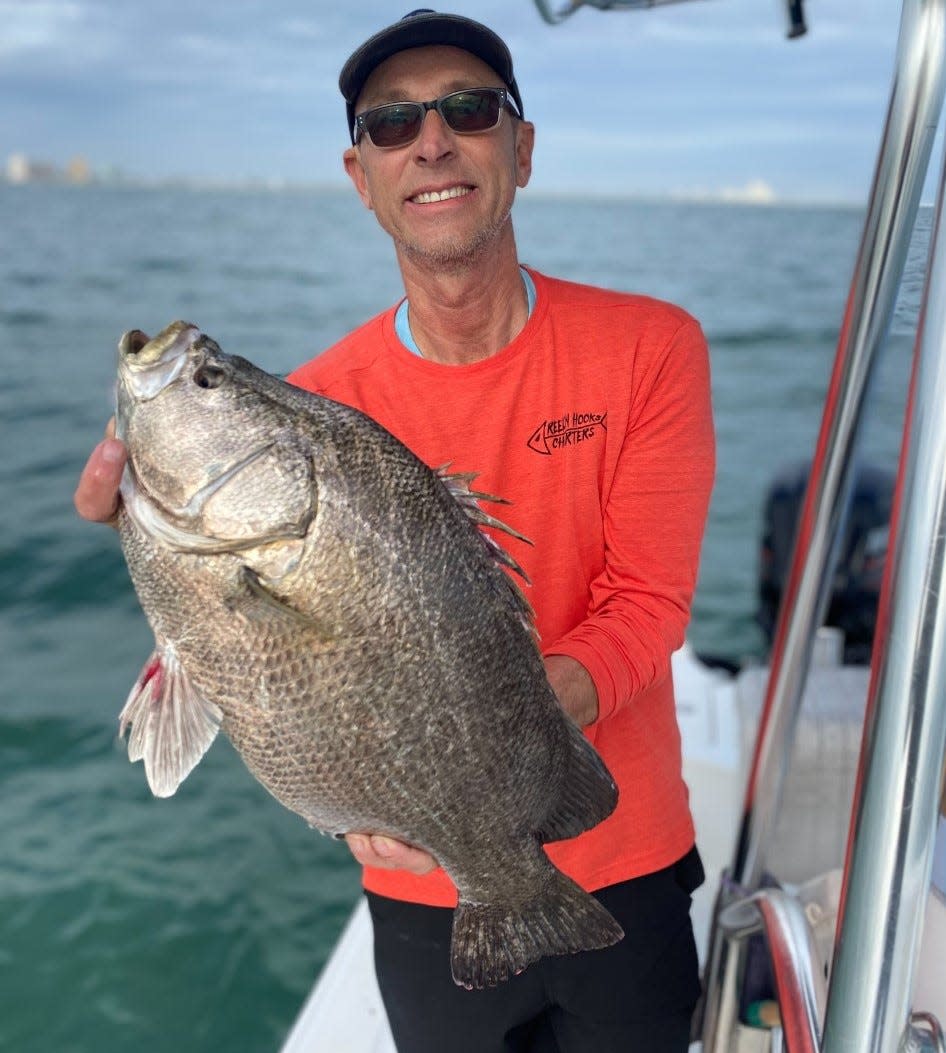
Tripletail aren't as plentiful as other fish in our waters, but many consider them the best-tasting of our saltwater offerings, so if you get one, hang on tight. And if it shows up in your local market, get off your wallet.
Halifax/Indian River
Pompano are generally associated with the surf, but Patterson says he’s been finding them sneaking around inshore creeks.
“Been using sand fleas, and it’s been best on outgoing tide,” he says.
There’s been no slowing of a couple of December favorites.
“Inshore anglers have enjoyed healthy catches of sheepshead and black drum,” Lytwyn says. “These fish tend to congregate around structure, like bridges, dock pilings, or rock piles.”
Capt. Barry Englehardt (FishWithCaptainBarry.com) had a bad-news/good-news outing this past week.
“I was searching for sheepshead in the river and we only connected with one,” he says. “However, in the Tomoka Basin we came across pompano, with the smallest one at 19 inches. We boated five.”
Just to the south, at the Granada Pier Bait & Tackle, owner/operator Ike Leary has seen folks bringing mangrove snapper and sheepshead around the pier and pilings. “And, of course, catfish,” he adds.
Flagler County
Always willing to help, Capt. Mike Vickers (Hammock Bait & Tackle) passes along some tips for this time of year, assuming you’re on a boat.
“Look for transition zones, deeper water next to shallow water,” suggests Capt. Mike. “These zones could mean a water-depth change of feet or inches. In creeks and on flats it will most likely be inches, in the main river it will be feet. Fish these areas from top to bottom and fish slower.”
Meanwhile, he reports, Flagler’s beaches are taking part in the pompano and whiting party, with blues and drum also scouring the surf. On the northern Flagler beaches, he says, you might find drum around the rocks.
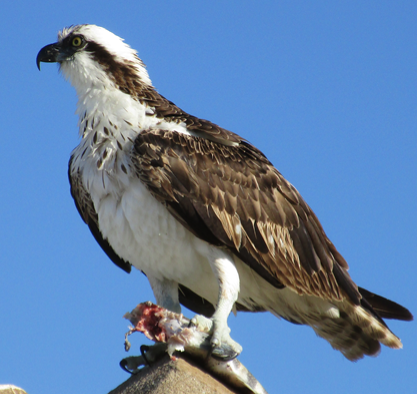
The river, from Matanzas Inlet to Bing’s Landing and beyond, has been producing the regular menu in varying amounts: Trout (out of season until Dec. 31), flounder, whiting, blues, black drum, reds, mangrove snapper.
“The main river in this area adds sheepshead and blue fish,” Capt. Mike adds.
St. Johns
The early-winter routine is holding up in the freshwater lakes off the St. Johns River. But there have been some subtle changes.
“Speck fishing is picking up — we’re starting to see bigger numbers and even bigger fish come in,” says Capt. Bryn Adams (Highland Park Fish Camp). “The most productive method is trolling on Lake Woodruff with artificial jigs, but live minnows can work, too.”
The St. Johns’ marquee prize — the largemouth bass — seems more available in the Lake Woodruff area, Bryn says.
“The size of the fish aren't there yet, but the cooler weather has made the fish more aggressive,” she says. “You can use both live bait, like wild shiners, or artificial lures right now.”
Volusia-Flagler fish photos
We want to see your most recent catch. Email your fish photos to Zach.Dean@news-jrnl.com.
Be sure to include type of fish, size of fish (weight and/or length), where the fish was caught, first and last names and hometown of angler who caught the fish, and first and last name of person who took the photo.
If a child is in the photo, please include their age. The News-Journal will use one or two photos in print each week and the other photos submitted will go into the online gallery called “Volusia-Flagler Catch of the Week.”
This article originally appeared on The Daytona Beach News-Journal: Snook, it's what's NOT for dinner ... from now through Jan. 31 in Florida

